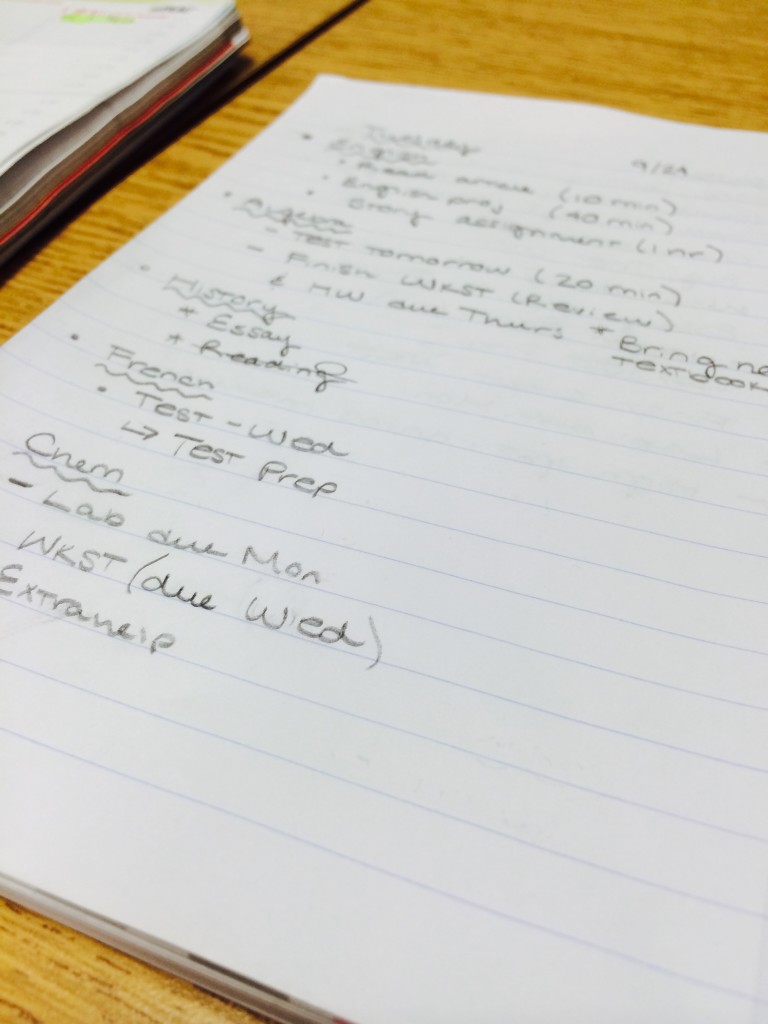Feeling the grind: homework and the stress of five hours a night
Finding time to sleep with homework, tests, and extracurricular activities is like trying to memorize every word in the dictionary: stressful and basically impossible.
Starting in middle school, the amount of homework students receive dramatically begins to increase. Receiving more and more each year, there’s no time left to participate in any other activities. These after school activities can end as late as 7:00pm, leaving barely any time for students to finish all of their work.
This workload can cause students to feel very stressed out, causing students to experience a lack of sleep and feel very tired during the day. When students become tired, they have a hard time paying attention in class, causing them to struggle with the material, and this could possibly lead to slipping grades.
“It’s not even that I don’t have time,” said Glen Rock High School Sophomore Anna Barton. “It’s the fact that I stay up until 12 every night trying to finish my homework because I have so much of it.”
A homework survey at Bernards Township School District was taken in the 2011-2012 school year. This survey revealed that out of 1,671 students enrolled in grades 9-12, 52.93% said they spent more than 5 hours on homework each night.
If students are spending at least 5 hours per night, and they may not come home until 7:00, how are they supposed to get a reasonable amount of sleep?
According to Duke University’s Harris Cooper, a professor of psychology and director of Duke’s Program in Education, even though homework is a critical part of learning, too much homework can be counter-productive for students at all ages. “Even for high school students, overloading them with homework is not associated with higher grades,” Cooper said.
Cooper believes that the “10-minute rule” is what teachers should go by when assigning homework. The “10-minute rule” is a concept in which teachers increase the amount of homework per grade. For example, if a student is in third grade they would receive 30 minutes of homework per night, while a student in sixth grade would receive 60 minutes of homework per night.
With the “10-minute rule,” the most amount of homework a student in high school would receive would be 120 minutes per night, much less than the surveyed 300 minutes.
Not only does the amount of homework students receive play a role in their constant stress, but the amount of work from different teachers is another contributing factor. In most secondary schools, students have a different teacher for each subject. With different teachers, students may have up to 3 or 4 quizzes or tests on one day, making for one long night of studying.
“I think that we are given too many assignments for one night. We get too many overlapping assignments, which adds more stress, especially when you don’t get home until late at night,” Glen Rock High School student Beth Keefe said.
Extra curricular activities have shown to relieve the stress on students by letting them have fun and not worry about school. Although, because of the amount of work students receive, they can’t enjoy these activities, and sometimes they aren’t able to participate in them at all because they simply don’t have the time.







